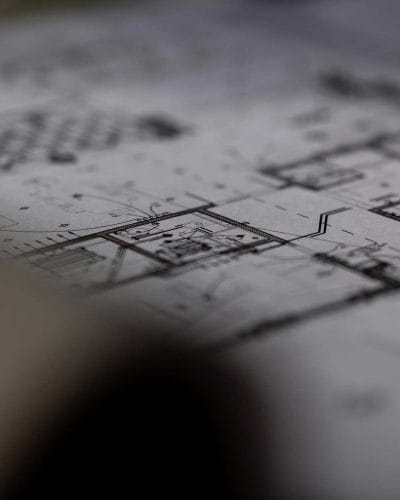Why (and When) Do You Need a Heritage Impact Assessment?
As mentioned, an HIA is required in situations where a proposed development project has the potential to impact the local cultural heritage. There are many reasons why you need an HIA, we have listed the most common reasons below:
Preservation of Cultural Heritage
The preservation of cultural heritage is extremely important to local authorities. Designated heritage assets include historic buildings, archaeological sites, landscapes, and any other areas with historical or cultural significance. Your local council can make you aware of whether your listed building is located within a conservation area or you can review the Historic England website for more information.
Legal and Regulatory Requirements
There are many regulations and planning policies in place within a local council that mandate the assessment of potential impacts on cultural heritage. An impact assessment ultimately helps to identify where a conservation area or historic assets will be impacted by a project, compliance with regulations is a legal requirement.
Planning Consent Requirements
To obtain planning permission you may need to submit a HIA as a part of your planning application. HIAs assist with the decision-making process and can ultimately help to streamline the process for planning applications.
Mitigation of Adverse Impacts
If potential adverse impacts are identified, the HIA proposes mitigation measures to minimise harm to cultural heritage resources. These measures may include alterations to the project design, preservation strategies, or other protective actions.
What Should Be Included in a Heritage Impact Assessment?
The NPPF states that:
“In determining applications, local planning authorities should require an applicant to describe the significance of any heritage assets affected, including any contribution made by their setting. The level of detail should be proportionate to the assets’ importance and no more than is sufficient to understand the potential impact of the proposal on their significance. As a minimum, the relevant historic environment record should have been consulted and the heritage assets accessed using appropriate expertise where necessary.”
A well-written HIA needs to be concise and should clearly outline the mitigation efforts for changes that you propose. Several components should be included in a HIA. We have included details as to what should be included in Heritage Impact Assessments.
Introduction – A HIA needs a clear introduction that outlines the purpose of the project and the need for assessment. Details about the project that spans its size, complexity, location, and the nature of the proposed development. Include any additional background information that elaborates on the historical and contextual elements. This should also include known information about potential cultural and heritage assets.
Heritage Asset Significance – A clear assessment of the significance of identified heritage resources based on age, rarity, architectural value, and cultural importance should be outlined. The more detail that you add to this section and assess significance, the more helpful your HIA will be.
Potential Impact – You will need to include details of the potential impact of your proposed project as part of your HIA. Consider the direct impacts, visual impacts, and any other factors that may affect the cultural heritage of the local area. You should also be mindful of mitigation measures which you will put into place to offset and avoid potential adverse impacts. This could include design modifications and other planning decisions which the authority is likely to favour.
Who is Responsible for Writing a Heritage Impact Assessment?
The responsibility for conducting and writing a Heritage Impact Assessment is tasked to a heritage professional, archaeologist, or consultant with expertise in cultural heritage. Heritage impact assessments are complex and require a deep knowledge of conservation. As outlined above, many elements are considered for a heritage impact assessment, including site investigation, assessment of significance, mitigation strategies, report preparation, and more.
Heritage Impact Statement VS Heritage Impact Assessments
A Heritage Impact Statement (HIS) is a different piece of documentation from a Heritage Impact Assessment. An HIS presents the findings of an HIA and is submitted as part of a planning application. Its purpose is to inform decision-makers, inclusive of planning authorities, as to the impact a development could have on historical and cultural assets.
Christopher David Design Can Help
Our team of dedicated architectural designers can help you with the process of Heritage Impact Assessments. We have helped many clients over the years to protect their heritage assets whilst making desired changes to their listed buildings or historical land. Contact us today to find out more information about how we can assist.


























